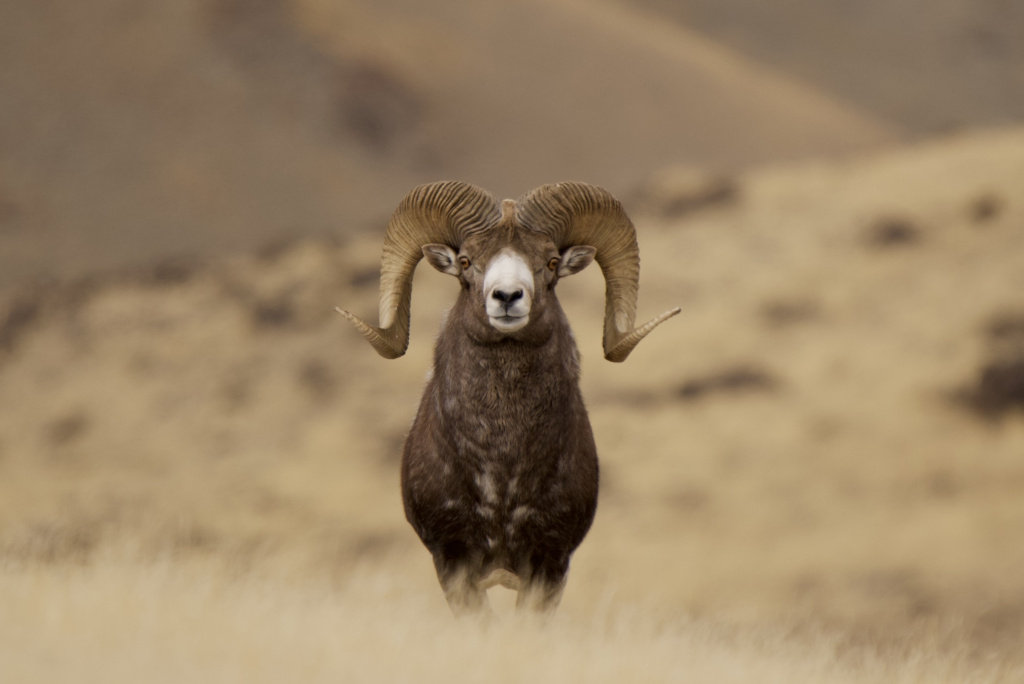

Fieldwork has begun to count the population of endangered snow sheep (argali) on both sides of the Russian-Mongolian border. Specialists from both countries will simultaneously conduct research that will last 10-12 days. The results of the count will be summarized by the end of November. This was reported on the website of the Russian Nature Reserve Center of the Ministry of Natural Resources of Russia.
"Fieldwork is traditionally timed to coincide with the argali rutting season. During this period, herds of females with young and males, who keep apart for the rest of the year, come together, so it is more convenient to count the individuals," the department noted.
In Russia, the counting work will be headed by specialists from the Saylyugemsky National Park. This specially protected natural territory was created in the Republic of Altai in 2010 to preserve two flagship species of Russia - the Altai mountain sheep (argali) and the snow leopard. Since a significant number of Altai mountain sheep live outside the national park, the count is carried out throughout the entire range of the species. "Specialists will count argali visually using binoculars and spotting scopes, as well as cameras. Accurate data on the number of endangered species is important, as it helps to understand how effective conservation measures are and what and where needs to be adjusted," the message quotes Deputy Director of the Saylyugemsky National Park Denis Gulyayev.
Experts from the Altai Reserve and the Directorate of Natural Parks of Altai will also participate in the argali count in the Republic of Altai. The work will be carried out on the Saylyugem ridge, including the Ulandryk River basin, the Chikhachev ridge, and the South Chuya ridge.
In Tuva, the argali will be counted by employees of the Ubsunur Hollow Reserve.
On the Mongolian side, the counting work will be carried out by the Directorate of Specially Protected Natural Territories of the Mongolian Altai, the Silkhem National Park, and the Uvs Nuur Reserve.
"In order to exclude the repeated counting of the same individuals, specialists will keep in touch and adjust the data obtained," the Russian Nature Reserve Center noted.
The department recalled that the key argali population inhabits the transboundary zone of Russia and Mongolia and, in fact, represents a single herd of mountain sheep.
In the Russian Federation, the habitats of ungulates are only two regions: up to 90% of the Russian argali population is concentrated in the Kosh-Agachsky district of the Republic of Altai, and about 200 individuals are counted in neighboring Tuva.
"The number of argali within the borders of Russia can change depending on the season. By winter, some individuals migrate to Mongolia, as the slopes of the ridges there are less snowy and it is easier to get food. In the spring, argali migrate back to Russia," the Russian Nature Reserve Center said.
